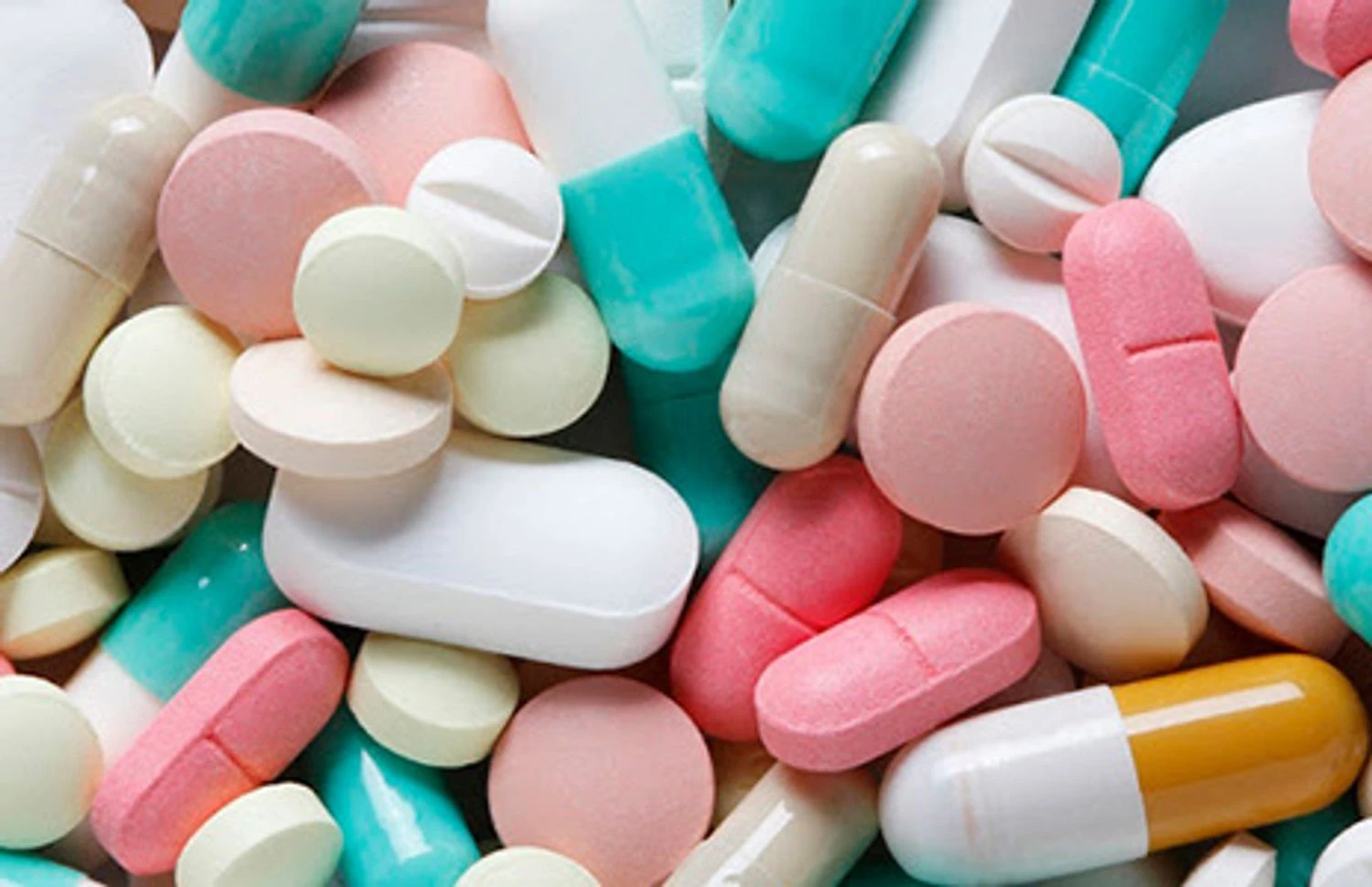“Instead of vital ones – ascorbic acid: what’s wrong with the 30% discounted medicines listThe price reduction for the 100 most popular medicines in Ukraine, which started in March 2025, covered only 10% of the market’s
monetary volume. Expensive and vital drugs were not subject to regulation, and their prices increased.
”, — write: unn.ua
But did the step to reduce the cost of the “most popular” drugs have a significant impact on the market and, more importantly, for the benefit of the patient? UNN analyzed the situation.
At the beginning of 2025, a large-scale reform of the pharmaceutical market was launched in Ukraine. Several directions for changes were chosen for its positive functioning:
- reducing prices for 100 of the most popular drugs by 30%;
- a complete ban on marketing payments between pharmaceutical manufacturers and pharmacies;
- introduction of reference pricing based on the European model;
- establishment of maximum trade markups for distributors and pharmacies;
- fixing wholesale prices for a year in advance, mandatory availability of the cheapest generic drugs in pharmacies;
- demonopolization of distribution by limiting sales volumes “to one hand” (no more than 20%);
- restoration of state price control through inspections and monitoring.
DetailsAnd although the pharmaceutical market reform actually began at the beginning of 2025, some of the regulatory instruments did not start working immediately. For example, “price reduction for 100 of the most popular drugs by 30%”, this instrument came into effect in March 2025, meaning that as of now, the regulation has been in effect for a little over five months.
However, pharmaceutical market analysts point out that the real impact of this instrument on patients’ wallets turned out to be minimal. According to Proxima Research, a research company whose analytics were published by the specialized publication Apteka.ua apteka.ua, the 100 most popular drugs that fell under regulation cover only approximately 21% of the total number of drug names registered for sale in Ukraine as of 2024. In monetary terms, the price reduction for selected drugs covered approximately 10%.
This means that more than 90% of the monetary volume from drug sales in Ukraine remained outside the reformed pricing mechanism. That is, a huge part of the market did not fall into the “top 100” and their cost was not reduced.
At the same time, according to analytics previously published by UNN, the drugs that made it into the list of the 100 most popular are, for the most part, drugs costing up to UAH 500 without taking into account the 30% discount.
The only exception was one drug – “FANIGAN, tabl., №100” from KUSUM PHARM LLC. According to statistics published by Tabletki.ua, the average cost of the drug per package as of January 1, 2025, was UAH 650, and after March, when the regulatory instrument in the form of a 30% price reduction came into effect, the cost dropped to UAH 455 on average across the country (decreased by 30% – ed.).

Image from Tabletki.ua website
However, this one most expensive drug is an exception from the list of the 100 most popular. All other drugs on the list were initially cheaper than UAH 500 per pack. Thus, expensive, vital, or highly specialized drugs did not make it onto the list, and therefore their price is unregulated, said Vitaliy Lukashenko, Coordinator for Patient and Community Relations at UK-MED.
According to him, some of the most vulnerable categories – patients with chronic diseases – endocrinological, neurological, and cardiovascular – continue to spend thousands of hryvnias on supportive therapy. This is because the reduction in drug prices did not affect the medications they need. Moreover, prices for critically needed drugs for chronic patients have even increased over the past 5 months.
Despite officials’ statements, over the past five months, we have not seen a significant reduction in drug prices. The only exception was the so-called “top 100” drugs. But these were mostly inexpensive drugs — costing up to 500 hryvnias. Therefore, it is impossible to call this a real relief for patients, especially those with chronic diseases. The category of patients with chronic endocrine, neurological, and cardiovascular diseases remains vulnerable. They are forced to spend thousands of hryvnias on supportive therapy every month, but despite promises, there is no price reduction for vital drugs at all, and in some cases, their prices even increase.
This confirms that drugs initially more expensive than UAH 500 per package, the purchase of which hits the patient’s wallet the hardest, have not become cheaper, and in some cases, prices for such drugs have even increased.
In addition, the list of “100 most popular drugs” included a number of medicinal products that have no serious therapeutic value and belong to the segment of so-called “fuflo-mycins” – over-the-counter drugs with no proven benefit. Among them are popular vitamin pills, “cold” drops, alcohol tinctures, ascorbic acid, etc. Anesthesiologist Ivan Chernenko told UNN about this. According to him, the regulation should have affected not the 100 most popular drugs, but the 100 most needed. He said that the list for price reduction included unproven drugs that are in demand but have no confirmed effectiveness.
Because popular ones are usually some cold medicines, some antiviral drugs that are ineffective. These are some hepatoprotectors, nootropics, something else of that kind. I don’t see any point in reducing their prices at all. That is, on the contrary, a person, instead of taking something more expensive but proven in a pharmacy, will take some fuflo-mycin at a discount.
Thus, the key question remains open: can pharmaceutical market regulation, in particular, “manual” price reduction, truly positively affect Ukrainians’ drug expenditures and minimize them?
